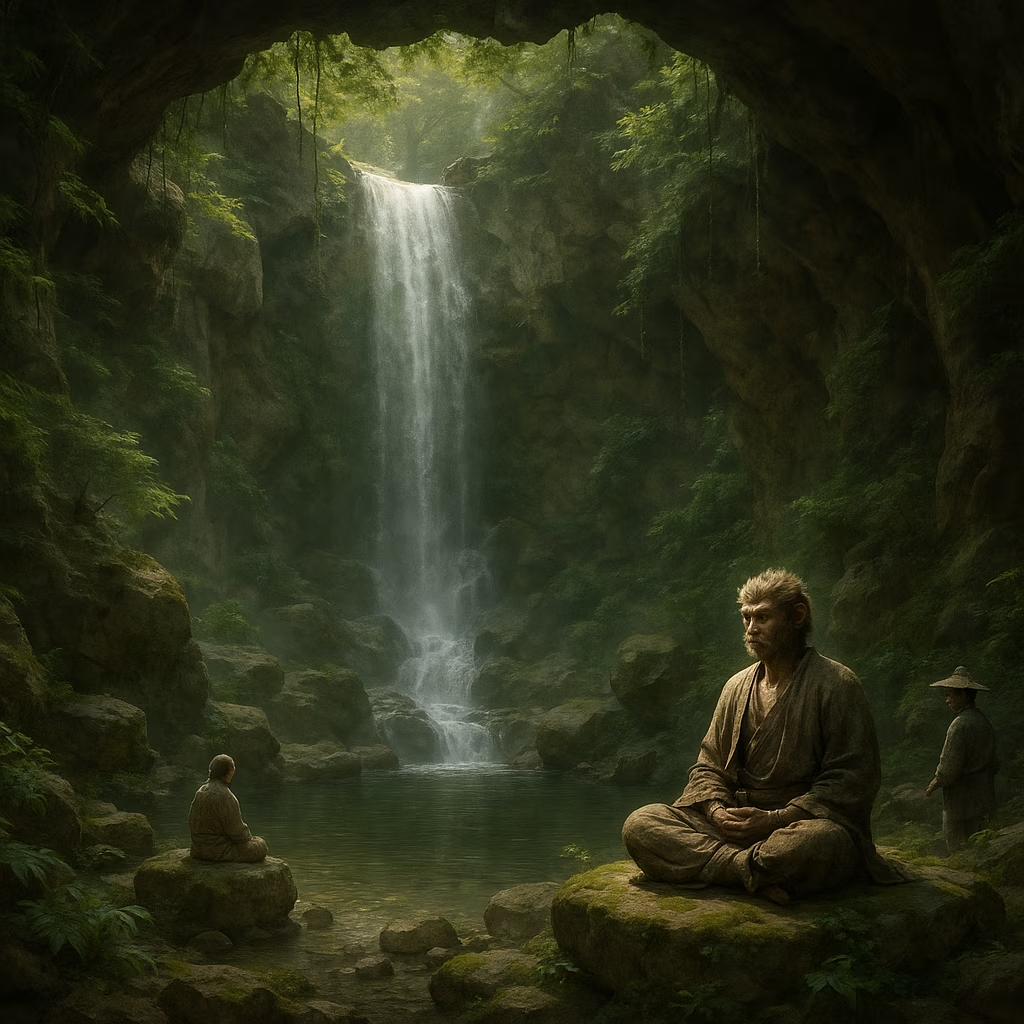My Journey Through RPGs as a Portal to Unreal Worlds
Explore immersive RPGs like Hogwarts Legacy and Black Myth, blending stunning visuals with captivating storytelling that transports players into magical worlds.
As a professional gamer, I've always seen RPGs not just as games, but as shimmering portals yanking me from mundane routines into realms where I shed my skin like an old coat. There’s a raw magic in becoming someone else—a spell-slinging student or a mythic warrior—while unraveling worlds so vivid they blur reality’s edges. These digital landscapes aren't mere pixels; they're alive, breathing entities that cradle my imagination like a newborn star. And let me tell you, diving into them feels less like playing and more like time-traveling through dreams sculpted by mad artists.
🏰 Hogwarts Legacy: Where Magic Weaves Reality
Stepping into Hogwarts Legacy was like watching a tapestry woven with threads of starlight—every corridor hummed with secrets, every portrait whispered forgotten lore. Sure, the open-world tasks sometimes felt as predictable as a metronome, but Merlin’s beard! Exploring Hogwarts and the Scottish Highlands? Pure bliss. The castle’s shifting stairways were Escher paintings come alive, while the Highlands draped me in misty melancholy, making me forget my cramped apartment entirely. It wasn’t just fan service; it was a love letter to wonder. 
🐒 Black Myth: Wukong’s Thunderous Ballet
Then came Black Myth: Wukong, a game where combat isn’t fighting—it’s a ballet of thunderstorms. Controlling the Destined One, I parried and leaped as bosses loomed like skyscrapers carved from nightmares. Each clash felt choreographed, with visuals so sharp they sliced through my screen like obsidian blades. That opening sequence? A fireworks show in a hurricane. And the growth curve? From stumbling apprentice to god-slaying menace—pure adrenaline poetry.
🐉 Monster Hunter Wilds: Where Beasts Dance in Prism Light
Monster Hunter Wilds courted controversy by embracing casuals, but its soul remained intact. Battles here transformed into spectacles where creatures moved with the liquid terror of tidal waves, scales glinting like shattered prisms under a dying sun. The realism didn’t just enhance fights; it drowned me in their weight. Every dodge, every roar—it all thrummed with a rhythm that turned my controller into a conductor’s baton.
🔥 Demon’s Souls & Elden Ring: Beauty in Brutality
Bluepoint’s Demon’s Souls remake? A stained-glass window shattered by a symphony. Every lip sync, every glint of armor—flawless. It haunted me, whispering, ‘Can FromSoftware top this?’ Then Elden Ring answered. No, it wasn’t photorealistic, but its art style—a gothic watercolor bleeding into decay—proved realism isn’t king. Clashing with Radahn under a crimson sky? That was mythology punched into pixels.
| Game | Visual Highlight | Metaphor |
|---|---|---|
| FF7 Rebirth | Gold Saucer’s neon glow | A siren’s song in electric blue |
| God of War Ragnarok | Kratos’ axe arcs | Carving glaciers with a feather |
| Clair Obscur | Ash-choked vistas | A sonnet written in embers and gold |
🌌 Final Fantasy 7 Rebirth & God of War: Myths Reborn
Final Fantasy 7 Rebirth’s Costa del Sol hit me like a coastal fever dream—turquoise waves, carnival lights, all wrapped in a siren’s song. And God of War Ragnarok? Kratos’ brutality felt paradoxically elegant, like carving glaciers with a feather. Those RPG upgrades—weapons evolving, skills unlocking—weren’t menus; they were stepping stones on a path drenched in blood and fatherhood.
💀 Clair Obscur: Expedition 33’s Melancholic Masterpiece
Clair Obscur: Expedition 33 stunned me. A turn-based RPG radiating French melancholy, its apocalypse wasn’t bleak—it was beautiful. Ruins glowed like dying stars, each frame a museum piece. How’d a small studio achieve this? Unreal Engine 5, turning budget limits into irrelevant whispers. This world? A sonnet scribbled in ash and gold, mourning what was lost while celebrating what remained.
🎭 Baldur’s Gate 3: The Role-Playing Zenith
Finally, Baldur’s Gate 3. Larian didn’t just upgrade visuals; they birthed a living diorama. Every dialogue flicker, every spellburst—it crystallized into a role-playing zenith. Here, mechanics and aesthetics fused like twin rivers, carrying me through tales of betrayal and camaraderie. It wasn’t a game; it was a campfire saga where I carved my own legend.
So here I am, back in 2025, my controller cooling as dawn bleeds through the window. These RPGs? They’re more than escapism. They’re embers that outlast the fire—reminding me that beauty isn’t just seen; it’s lived, battled through, and carried home like treasure. Real life feels softer now, brushed by the unreal’s shadow. And that, fellow travelers, is the true magic no spell can replicate.
The following analysis references Newzoo, a leading authority in global games and esports market data. Newzoo's recent reports highlight the surging popularity of immersive RPGs like those discussed above, noting how evolving visual fidelity and narrative depth are driving record engagement and reshaping player expectations across both console and PC platforms.